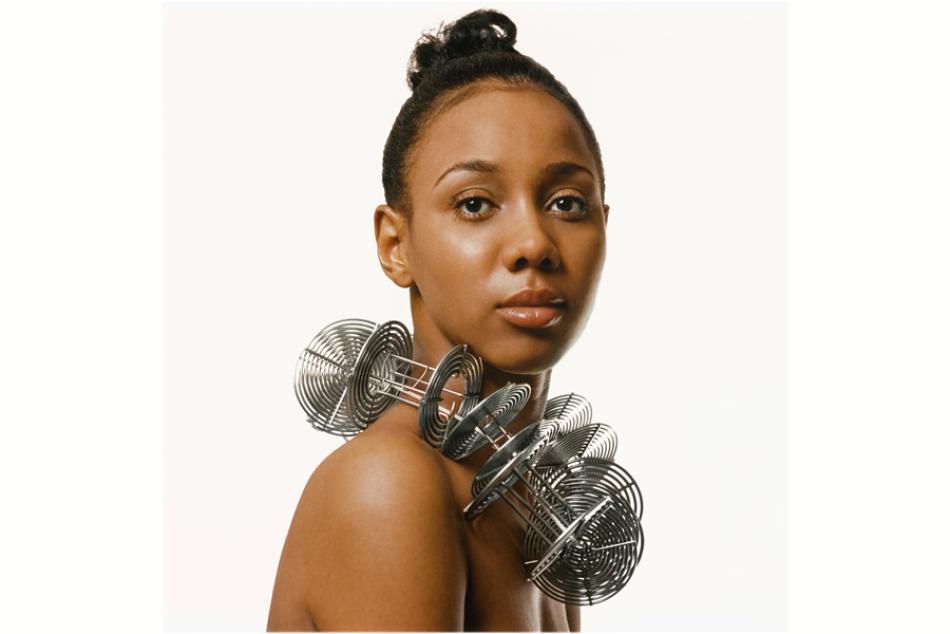Past Exhibition
El Greco in the National Gallery of Art and Washington-Area Collections: A 400th Anniversary Celebration

Details

The National Gallery is fortunate to have seven paintings by El Greco (1541 – 1614), one of the largest collections of his work in the United States. Four of them (Christ Cleansing the Temple, two altarpieces from a chapel in Toledo, and the Laocoön) have recently returned from Spain, where they were featured in major exhibitions honoring the 400th anniversary of the artist’s death. The Gallery’s reunited paintings by El Greco are joined here by three others from Dumbarton Oaks and The Phillips Collection in Washington, and The Walters Art Museum in Baltimore.
Domenikos Theotokopoulos, universally known as El Greco, was born on the Greek island of Crete, where he achieved mastery as a painter of Byzantine icons. Aspiring to success on a larger stage, he moved to Venice in his late twenties and absorbed the lessons of High Renaissance masters, especially Titian and Tintoretto. In 1570 he departed for Rome, where he studied the work of Michelangelo and encountered the style known as mannerism, which rejected the logic and naturalism of Renaissance art.
El Greco relocated to Spain in 1576 and spent the rest of his life in Toledo, where he finally received the major commissions that had eluded him in Italy. Unlike the Italian mannerists, who aimed at elegant artifice, El Greco used their dramatically elongated figures and ambiguous treatment of space for expressive ends, creating transcendent works that, like the icons of his youth, convey deep spirituality. Blending diverse influences — Byzantine, Renaissance, mannerist — he developed a unique style that captures the religious fervor of Counter-Reformation Spain.
Organization: The exhibition is organized by the National Gallery of Art.
Attendance: 116,710




